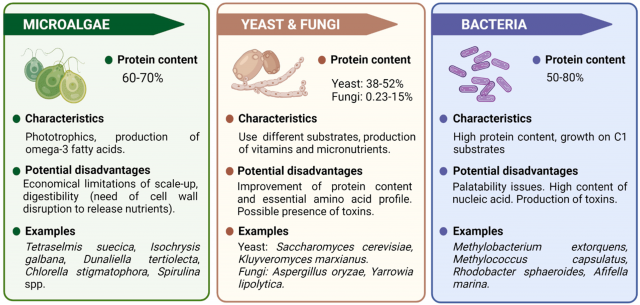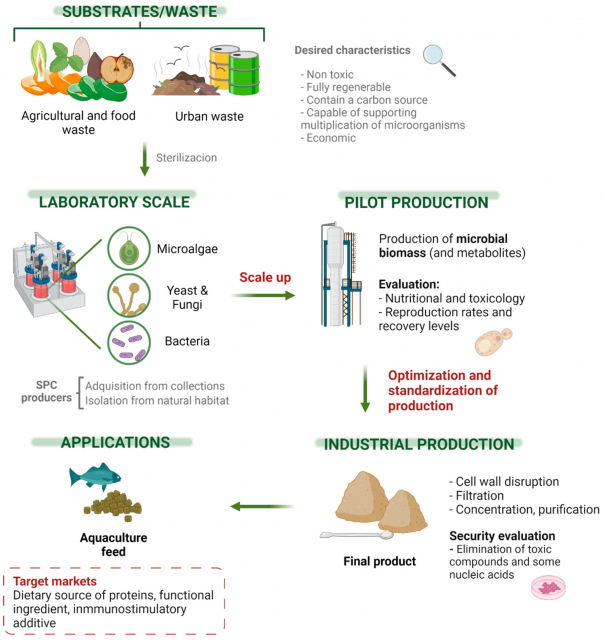Almost 11 yrs & 105K views into this experiment, and I have to say that I believe I have got this dialed in right where I want it to be. I just cleaned my filter media in my midas tank, at 6+ months. Dirty for sure, but not so much that with the naked eye I could see any reduction in filter flow. I suspect that many tanks have dirtier media at 6 weeks. lol
Between the Bio-Clean bacteria, and my current intermittent fasting feeding schedule, I can easily go 6-7 months between cleanings in my midas tank. My feed reduction over this past year has been drastic, simply to see how much overall waste I could reduce, without creating any noticeable difference in the shape/form/overall health of my fish. These are all mature fish, with my male midas being approx. 14" and almost 12 yrs old now. Most weeks they get fed every 3-4 days, with no food a couple days before water change day, and often no food for a day after. Some weeks, I feed 2-3 days in a row - then back to fasting for a few days. No hard fast rule, just a LOT less food frequency, with the same amount of overall feed, that I used to offer at each feeding. A ballpark guess would be 30-40% less overall feed each week, than in years past. I rarely see solid waste in my tanks, and the midas tank has only algae for substrate. Other than settling under the edge of some rather large granite boulders, if it's there, I could always see it.
I believe that my current feed schedule would more closely mimic what these species would experience in nature, and the sludge bacteria work in the background to keep solid waste to a minimum. Water change schedule in this tank is the same, 80-90% weekly.









